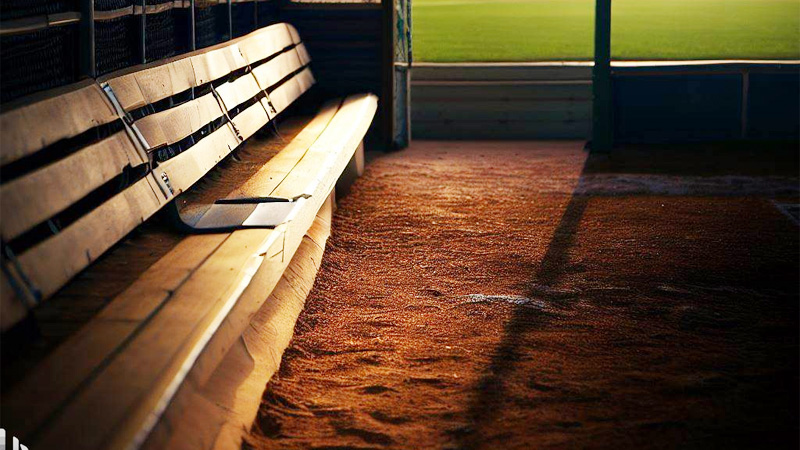Baseball has been a traditional sport throughout history. It has been cheering up millions of crowds around the world. There are at least 3 out of 5 people around you who are fans of baseball.
While most of us are hardcore fans of baseball, we often miss out on the detailed part of the foundation that houses the players – the dugout. What is Dugout in Baseball? Is it a part of the game or something that defines the sport?
Nothing pops into your mind. Don’t worry! You are in the right place. This article is all about dugouts in baseball – origin, design & their importance in baseball.
What Is Dugout in Baseball?
Dugout is related to the small sheltered area, partially dug into the ground on each side of the baseball field. This area is dedicated to the players’ & personnel related to the game. There are two different benches on each dugout – one for each team.
What’s the use of Dugout?
Players use this area to rest while they are not in play. It is also used by team coaches to sit & support the players. That’s not all. Players can leave their baseball equipment such as helmets, shirts, or bats on the benches. This place serves different purposes during the game and being a spectator of the game, it is wise to be aware of them.
Overall, the dugout offers strategic advantages to the players by allowing them to observe the play, especially the home plate area, and plan their next move tactically; also ensuring protection from the elements of the game (just in case).
You will notice the dugouts between the home and the bases (either first or third base).
Origin of Dugout
To understand the ins and outs of the dugout, it’s important to know about its origin. The dugouts were first introduced in the mid-19th century, during the early times of baseball. Earlier, players used to stand across the baselines or used the benches in the field to rest.
However, with the progress of the game in popularity, the need for a dedicated space for players emerged. Thus, the idea of a dugout was introduced and put into play.
Now, in the 20th century, dugouts became more structurally sound and are equipped with roofs to provide better protection from the elements. They also extended in size to accommodate larger teams and coaching staff.
You will be impressed with modern dugouts now. Because they incorporate advanced technologies such as video monitors and communication systems to facilitate real-time analysis and strategizing.
The Anatomy of Dugout
While you heard the name first, you must be assuming why it’s called a Dugout. Well! We have already mentioned the reason above. To be more elaborate, a dugout is generally depressed to the ground – below the field level. This is because, in this configuration, there is no blocking to the spectators’ sight of visibility to the home plate & the rest of the baseball field.
Note: The dugouts consist of a series of seats and are 8’-10’ deep enough & for any second bench within the back of the dugout, it will be within 10’-12’ in depth to the ground
Each team has its own dedicated Dugout and they are placed on the visiting teams’ side of the field. Dugouts usually expand from the related bench along the baseline toward the outer field.
If you are thinking of how big or small a dugout can be, here’s a specific answer for you. Dugouts are different in size and design. Generally, the front part of the dugout is fully fenced or netted to prevent any accidental events; such as foul balls, errant throws, and collisions with runners.
Plus, it also serves as a protective shield from adverse weather conditions such as rain, extreme heat, or cold temperatures.
Most of the dugouts have a separate storage compartment for players’ equipment; such as bats, gloves, water bottles, helmets, and other essentials. However, you will find additional amenities in modern baseball dugouts like heaters, fans, or telephones to establish communication with the bullpen.
Inside the Dugout: Players’ Roles & Rules
Dugouts are part of baseball gaming. Hence, there are specific rules and regulations to follow within the dugouts. In this section, we will focus on the players’ role in dugout formation with detailed information.
Keep reading to explore the ins & outs of the dugout. So the next time when you sit and watch a match nothing misses out on your dictionary.
Player’s Roles in Dugout
Dugout is a place filled with camaraderie, guidance, focus, and positive energy. It houses the compressed energy to channel and delivers to the game for ultimate victory.
Inside the dugout, players have specific roles and follow certain etiquette to maintain team cohesion and increase their chances of success.
Role 1: Active Players
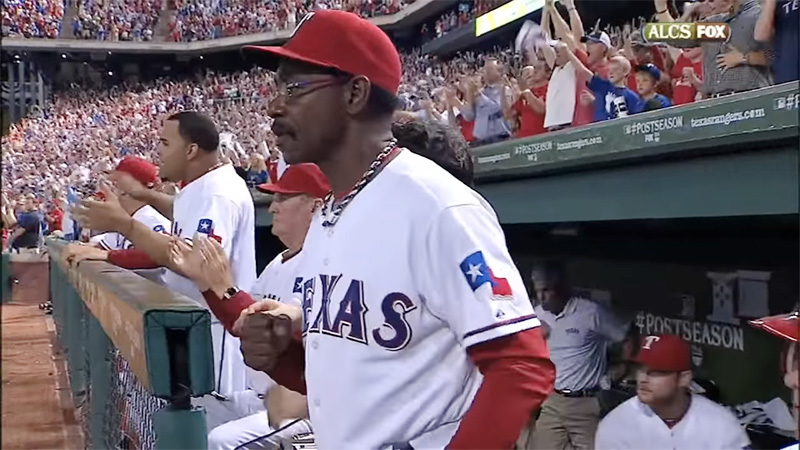
Baseball players who are currently in the game or on the roster to play are active. Especially those who are queued to enter the game take their places in the dugout.
Players in the queue observe the ongoing play, study the opposition, and analyze the performance of both teams from the dugout. They are on point to step onto the field when called upon and play for their team’s success.
Role 2: Bench Players
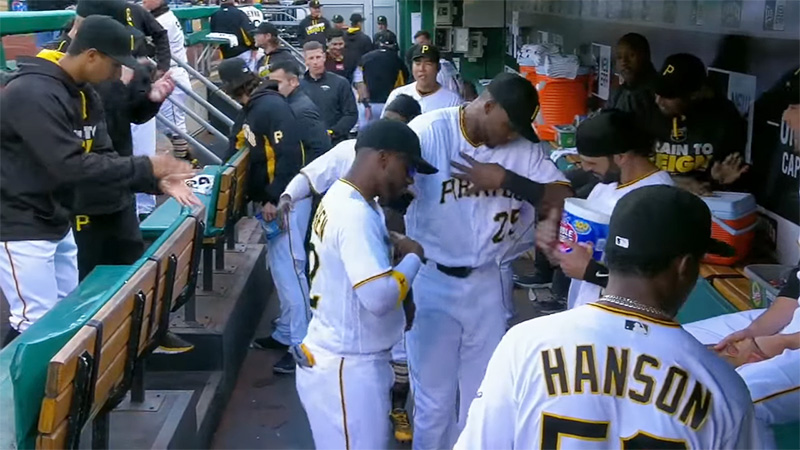
Bench players refer to the players who are not starting the match but are waiting for the opportunity to contribute to the game.
While bench players offer support and encouragement to their teammates, they also intake insightful observations and stay prepared to step into the game when required.
Besides, players assigned to this role also have the responsibility to keep track of the game; for example pitch counts, defensive alignments, and tendencies of the opposing team.
Role 3: Injured Players
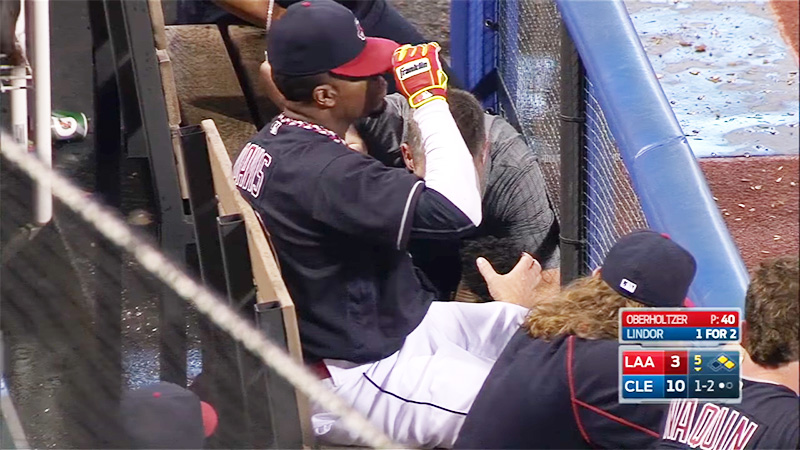
Players who are injured in the game also take their place in the dugouts – if not seriously injured to place under medical observation. With physical limitations such as mild soft tissue injuries, muscle pulls or cuts and bruises are often located in the dugouts.
Plus, those who are recovering from physical injuries from a ball, bat, or other players also find their place in the dugouts. Injured players have an important role to play in the dugout.
They offer moral support, provide feedback, and help analyze the game. Since they already have been in the field, they hold the upper hand with the strategies and tactics of the opposite team. Thus, offering their experience and knowledge for better insights and suggestions to active players.
Role 4: Starting Pitchers
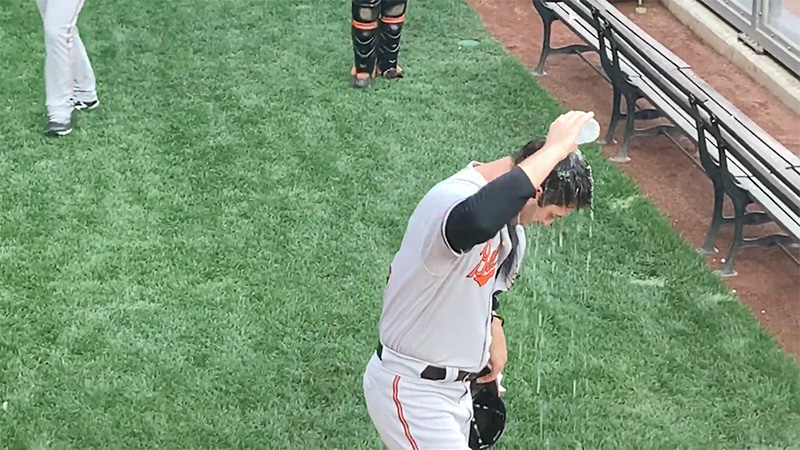
Most of the expert baseball teams have 4-6 starting pitchers on rosters. Starting pitchers serve a unique role in the dugout. They pitch in a sequence known as the Rotation.
While they are not on the field during the game, they often sit near the pitching coach, carefully studying the opposing team’s hitters and discussing game strategies. A baseball team’s best starter is referred to as the ace – the first man to pitch in the rotation.
In addition to that, they also support their teammates, providing guidance and motivation during the game.
Dugout Rules
To maintain order and discipline in the dugout, there are certain rules and regulations to follow inside the dugout. Players are therefore obedient to follow these rules and ensure no chaos takes place (according to NCAA 1-16). Ensure:
- Players are requested to stay in the dugout or bullpen area of their respective teams. They will remain there until the ball is officially announced dead or the side player has been retired and back in the dugout.
However, the team batter, on-deck batter, base coaches, and defensive players are out of this equation; to stay in the dugout.
- In case, a facility offers limited space for dugouts. The authorized team is therefore requested to draw a distinctly visible line within both of the bench areas and identify it as the deadball area.
Players and all personnel are obliged to remain in that area until their terms are available. However, there will be no extension of the visibly extended bound line within the home plate area.
In addition to that, no active players, coach, or any other team personnel shall not use the deadball area at the time of the play. - No one is authorized to occupy the team’s dugout during the play. This excludes active players in uniform, respective coaches, trainers, physicians, and other entities directly related to respective teams.
Violation of this term will be handled by the umpire and brought under the supervision of proper disciplinary authority.
- Players’ equipment will remain in the dugout area and will not be allowed in the dead ball area. However, in case any batted or pitched ball touches any loose equipment that is located in the live-ball territory, the ball is officially live.
Here ends our part with players’ roles and rules in the dugout area. However, this doesn’t end here. All players should abide by genuine etiquette to ensure a healthy atmosphere inside the dugout. In the next part, we will dive into these etiquettes. Stay with us! Dugout Etiquette for Players
You must already know what is dugout in baseball, and so you should also be aware of the principles inside the dugout to be maintained. Here is a series of norms players are requested to follow:
Encourage Other Players
Players inside the dugout are encouraged to deliver positive energy to their teammates. They should cheer for their teammates’ successes, and offer words of encouragement.
Plus, their participation in the team can elevate other players’ confidence, support them morally and also deliver a sense of unity. In short, they have an important role in maintaining a healthy bond and mentality among their respective team members.
Focus & Attention
All players inside the dugout are advised to pay attention to the ongoing game. By focusing on the play, they can dive deep into the actions of the opposing team and their teammates.
As a result, this attentiveness can help them provide valuable feedback and rough & tough preparation for their turn to play.
Obedience to Coaches
Inside the dugout, the hierarchy of roles should be maintained. Players are obliged to respect their coaches and trainers. They must listen to the instructions from the coaches carefully and follow them diligently.
This is because respective coaches often use the dugout as a platform to communicate strategies, tactics, and adjustments, and ensure that players must be receptive and responsive.
Use Dugouts for Communication
Inside the dugout, players engage in discussions about game situations, strategies, and tactics. Effective communication is vital for ensuring everyone is on the same page and can make informed decisions.
Players, therefore, should actively participate in these discussions, provide input, collaborate with their teammates, and coaches, and collaborate to ensure victory.
The Don’t(s) of Dugouts
Inside the dugout, the players are advised to maintain a healthy & positive energy to ensure a delightful progress of the game. They should deliver quality sportsmanship and professionalism.
And, refrain from engaging in negative or disruptive behavior that can effectively distract or demoralize their teammates.
Not only team members, but players should also be positive and respectful towards opponents, umpires, and spectators. This affirms the high standard of the game and ensures the field environment remains wholesome.
Respect Personal Space
Players must keep their equipment organized in their allocated space inside the dugout. Plus, they should also ensure it does not hinder the movement of other players. They should respect each other’s personal space to prevent unnecessary distractions.
Remember, a well-organized and clutter-free dugout allows for smooth transitions and keeps the focus on the game.
Dugout is a sheltered place for all the associates related to the game to ensure a cheering and healthy environment throughout the play.
However, this place also assures players of the respective teams remain safe & spectators also enjoy the game soundly.
Last Words
In baseball, there are two different teams played by eighteen players in total. It is essential to maintain order and peaceful communication between the team members to discuss and plan their moves.
Dugout offers them the space to maintain and ensure a seamless delivery of communication and strategies. In short, the dugout becomes a sanctuary where players work together, supporting each other and striving for victory.
For someone who is starting on your high school baseball team, it’s important to learn what is dugout in baseball. We hope, by reading this article, you have learned everything you needed to know about Dugouts. In case you think we are missing something, point it out in the comment section below.

